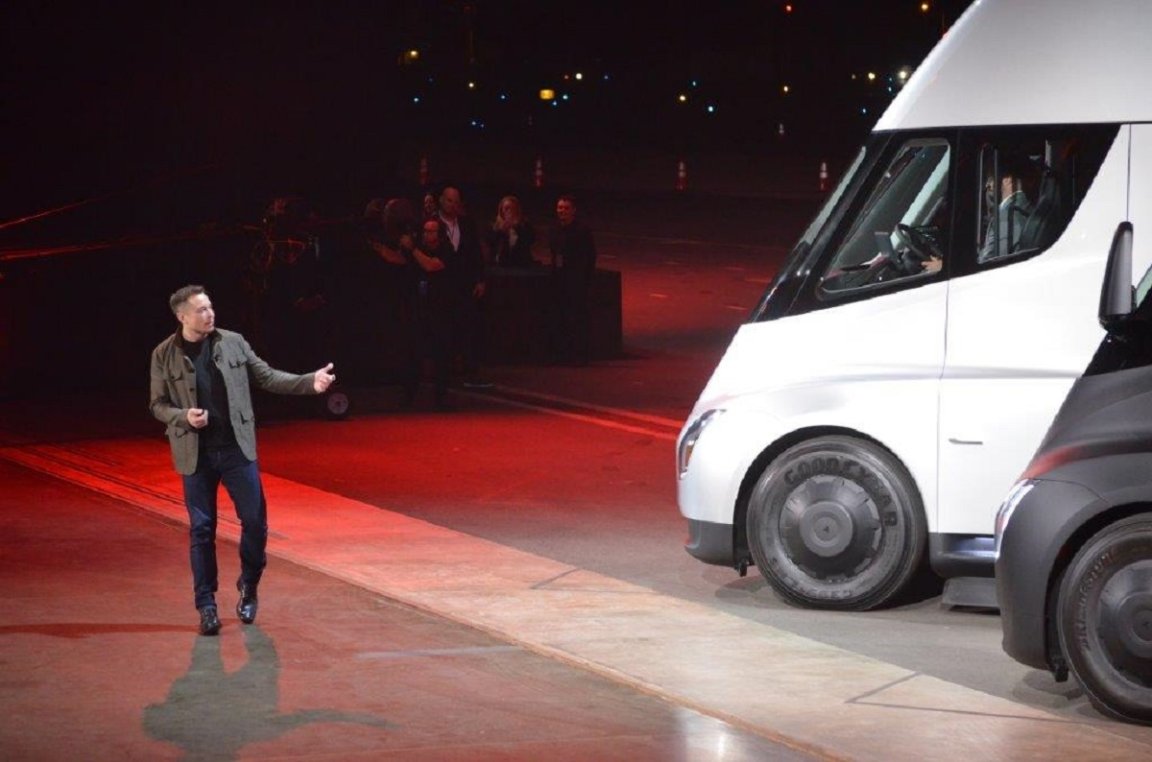
Semi Sautéed
An investigation by the National Transportation Safety Board reveals that the fire that devoured a Tesla Semi after it crashed last month turned out to be way worse than we first thought.
The Associated Press reports that California firefighters had to use a staggering 50,000 gallons of water to put out the flaming battery at the heart of the wreckage, which burned at temperatures as high as 1,000 degrees Fahrenheit.
For reference, your average, big-duty fire truck in the US — an Engine 1, in official firefighting terminology — typically carries 500 gallons of water. The whole 50,000 gallons used here is the amount that the average American family of four would consume in about five months, based on Environmental Protection Agency estimates.
The ferocity of the blaze illustrates the novel challenges involved in combating lithium-ion battery fires when electric vehicles combust — and as such, the profound obstacles to a sustainable EV trucking infrastructure.
Money to Burn
According to the NTSB investigation, the crash took place on August 19 at around 3 am, when the Tesla Semi, driven by an employee of the automaker, veered off the freeway while rounding a curve. Then it plowed through a tree, barreled down a slope, before finally coming to a stop against more trees at the bottom.
Luckily, the driver made it out unharmed. But soon after, the Tesla Semi’s battery ignited, resulting in the fire that required emergency responders to close the freeway for 15 hours as they endeavored to put it out.
Along with the 50,000 gallons of water that was sprayed on the burning wreckage, firefighters also had to dump fire retardant on the scene from an aircraft. Needless to say, it sounds like this was an incredibly expensive fire to put out, especially for one that originated from a single vehicle.
What caused the battery to ignite, however, remains undetermined as the investigation continues.
Fire Hazard
Teslas and other EVs have repeatedly made headlines for bursting into flames. There’s no hard evidence that their lithium ion batteries result in fires any more than conventional cars do, but on the other hand, there’s also no denying that when they do combust, their fires are far more formidable.
Firefighters responding to such incidents in the past have said that Tesla and other EV fires require forty times the amount of water that regular cars do — and that’s just with passenger cars. This incident shows the kind of inferno unleashed by the behemoth of a battery powering a full-blown Tesla Semi, which reportedly weighs around 11,000 pounds.
As Jalopnik notes, US firefighters still don’t have a standardized method for combating EV fires. More or less, all emergency responders can do is spray water and wait for the fire to burn itself out — which can take hours, because the batteries continue to release oxygen as they burn.
More on Tesla: Workers Training Tesla’s Autopilot Say They Were Told to Ignore Road Signs to Avoid Making Cars Drive Like a “Robot”